"Impulsive Shopping: The Psychology Behind It"
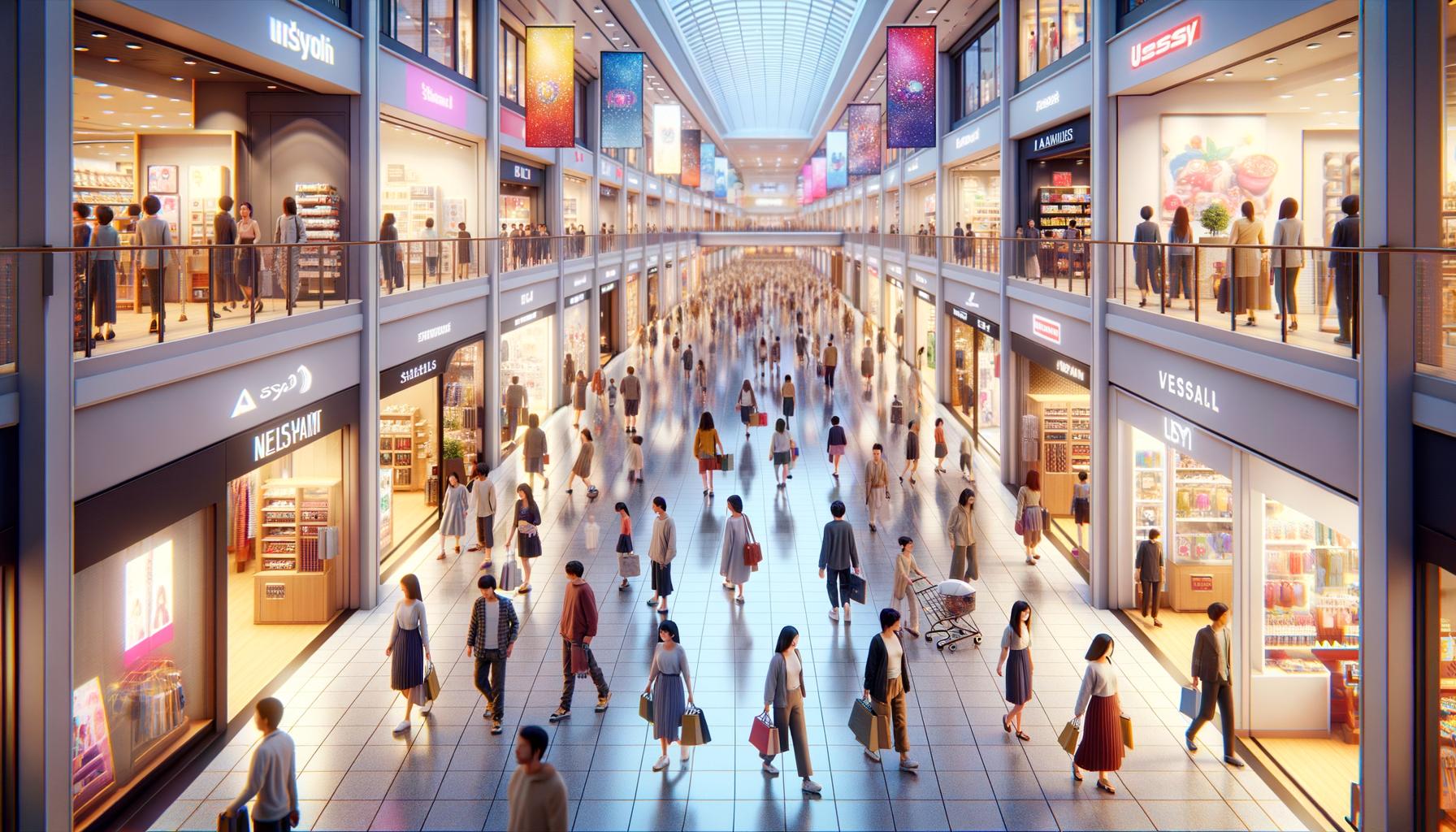
Impulsive shopping is a prevalent phenomenon resonating deep societal effects that's often masked by the alluring dance of consumer culture, yet not without certain consequences. This behavioral pattern is characterized by a compulsive urge to shop, usually driven by factors such as emotional state, response to marketing strategies, and an increasingly technology-driven shopping environment. Our buying decisions, as it turns out, are significantly influenced by psychological processes that we might not be fully conscious of. More than just an exchange of currency for desired items, shopping may pulsate deeper in our neural networks, where our brain intriguingly rewards shopping behavior. Building upon this, we immerse ourselves into the role of dopamine, the hormone often related with reward and instant gratification. In this blog post, we'll journey through the realms of consumer psychology, from the impact of advertising cues and internet-induced impulsivity, the role of emotions and mood swings, down to the personal traits that may make one more vulnerable to impulsive shopping. We aim to provide a comprehensive understanding, exploring varied manifestations, grappled consequences and finally, the strategies to manage and control impulsive shopping. While we delve deeper into this intriguing world, remember, every purchase tells a story, embedding cues of our identity, our desires, and perhaps even, our insecurities.
The Psychology of Impulsive Buying: An Overview
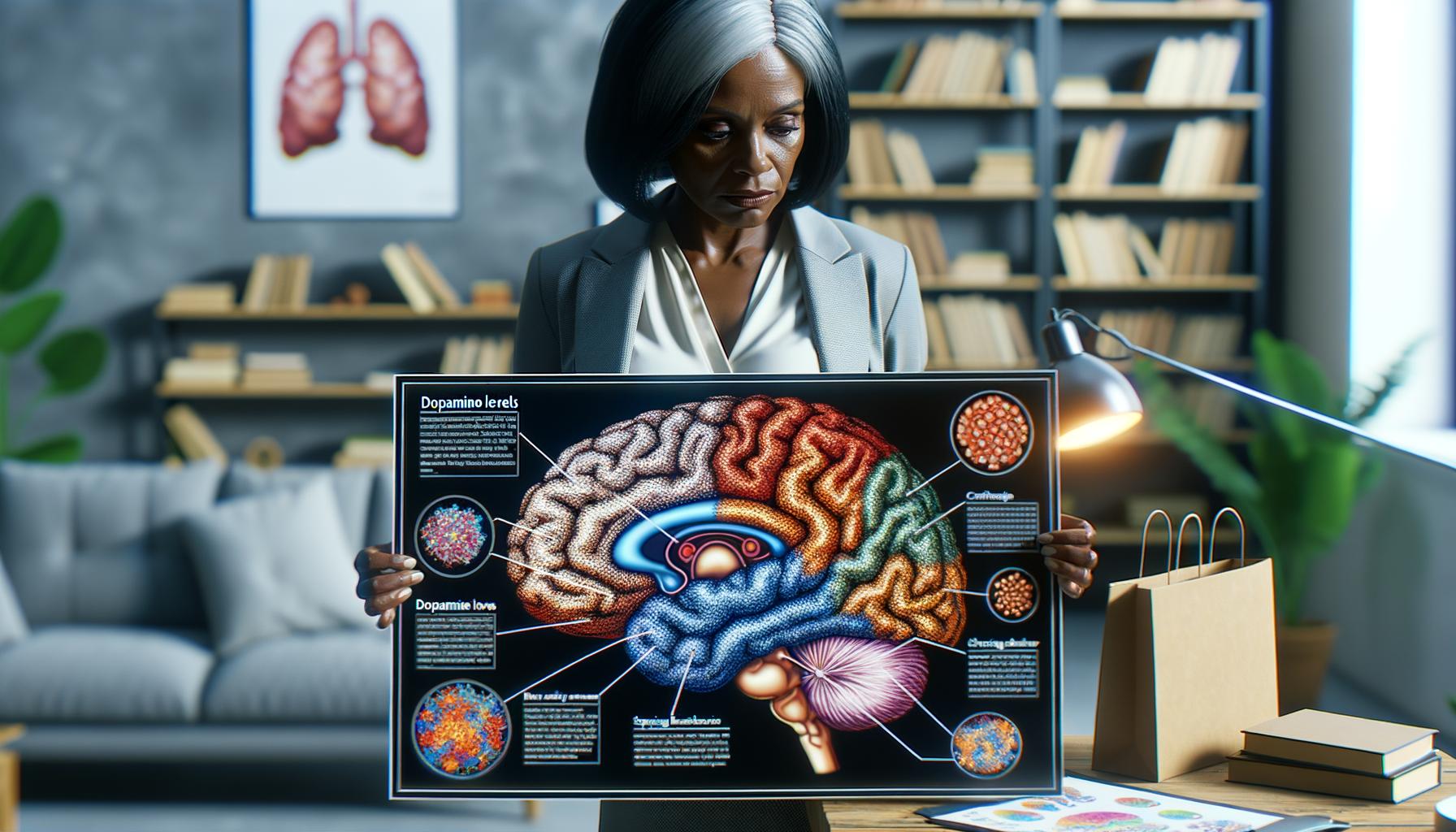
Impulsive shopping serves as a prime example of the intriguing and complex nature of human behavior, shedding light on certain aspects of psychology. For instance, it illustrates our innate inclination for immediate gratification, which often results in spontaneous decisions that bypass rational evaluation or economic consequence considerations. A deeper examination of impulsive buying allows one to contextualize it within psychology at large, offering a unique perspective on how our minds respond to environmental stimuli - in this case, the prospect of making a purchase. It reveals our susceptibility to complexities such as the illusion of scarcity, perceived value proposition, or emotional momentum like excitement and anticipation revolving around products.
Moreover, the psychology of impulsive buying demonstrates the intricate interplay between our emotional state and consumer behavior. Shopping, for many, is not purely a means to an end; it is a form of amusement, a source of dopamine boost, or even a coping mechanism. The sensory-rich experience of browsing through goods, feeling their texture, smelling fragrances, or trying on outfits activates specific brain regions that trigger pleasure. The prospect of owning something new often alleviates feelings of sadness or anxiety momentarily, providing an emotional lift. This regular rewarding behavior then creates a cycle, defining a pattern and root cause of impulsive buying.
Understanding the Impulse to Shop: The Role of Dopamine
Dopamine, a neurotransmitter associated with pleasure and reward, plays an instrumental role in impulsive shopping. The brain effectively releases dopamine when we indulge in pleasurable activities, among these, the act of shopping. For instance, when we treat ourselves to a pair of new shoes or that book we’ve been eyeing, dopamine gets released, triggering a sense of happiness and satisfaction. Consequently, shopping often equates to a pick-me-up and is unintentionally used as a form of self-medication to elevate our mood; however, these feelings are fleeting and may lead to a vicious cycle of continuous shopping, as would be seen in any dopamine-inducing behavior.
Delving into this further, the brain is rumored to appreciate the instant gratification that shopping provides, thus treating it as a rewarding behavior. With each product scanned and bagged, dopamine surges, promoting a powerful feeling of fulfillment. This can be likened to a child gleefully unwrapping a much-anticipated birthday present, where the act of unwrapping and subsequent revealing of the gift is rewarded by the burst of satisfaction—a dopamine effect. So, the more we shop, the more we inadvertently reward and condition our brains to derive pleasure from this activity.
The chemical process that takes place in the brain during shopping is complex, yet fascinating. Despite the simplicity of equating dopamine release to exciting ventures like shopping, it's important to note that not everyone will experience the same level of pleasure. Individual life experiences, current mood states, genetic predispositions, and more, all interplay to determine an individual's shopping experience. It also explains why some may fall victim to impulsive shopping more so than others. This is the key to understanding not just our shopping habits, but potentially to curbing them too - by understanding the psychological processes involved.
The Influence of Advertising and Marketing on Impulsive Shopping Habits
There's a strikingly deep-seated role that advertising and marketing strategies play in fostering impulsive shopping habits. They are precision-engineered to tap into the facets of consumer psychology, influencing shopping behavior in a nuanced fashion. One effective strategy often employed is crafting enticing promotional offers that create a sense of urgency. It insinuates a fear of missing out or scarcity, triggering the consumers' impulsive buying tendencies.
To further illustrate this, take an observational look at how specific colors, designs, and packaging are used in product marketing. Studies have shown that bright colors like red and yellow promote feelings of excitement and urgency. While strategic packaging makes a product look more appealing, engaging our senses, triggering curiosity and eventually leading to impulse purchases.
Another aspect that bolsters impulsive shopping habits is how advertisers and marketers play around with placement - physical or virtual. High-demand items are placed beside extravagant goods or broadly visible locations to increase the probability of unplanned purchases, further illustrating the impactful role marketing plays in encouraging impulsive shopping.
It's interesting to note how these scenarios mirror the classic Pavlov's dog experiment in consumers' responses to stimuli. In the grand scheme of things, one might argue that consumers are indirectly being "conditioned" to purchase impulsively through these superbly smart and well-studied marketing strategies. Consequently, shedding light on the intricacies and science behind the influence of advertising and marketing on impulsive shopping habits.
Mood Swings and Emotion: Catalysts for Impulsive Shopping

Emotional well-being significantly sways our shopping habits. Researchers have found a direct and impactful correlation between a person's emotional state and their propensity to shop impulsively. When a person experiences extreme emotional highs or lows, they are more likely to make impulsive purchases. This is because shopping can serve as a distraction from feelings of sadness or anxiety, or it can heighten feelings of joy or excitement. For example, retail therapy is a common coping mechanism used by people dealing with stress or undergoing mood swings.
Mood swings play a particular role in triggering impulsive shopping. Rapid fluctuations in mood can instigate inconsistent and impulsive behavior, including sudden urges to shop. Noted psychologist Abraham Maslow's Hierarchy of Needs theory suggests that when individuals are in an unstable emotional state, they might seek comfort in shopping to fulfill their immediate emotional needs. This can be easily observed in everyday situations: a person might buy a new outfit after a breakup to boost their morale, or splurge on a luxury item to celebrate a promotion. Thus, understanding the influence of emotions and mood swings on shopping behaviors is crucial in comprehending the psychology behind impulsive shopping.
From Browsing to Buying: The Instant Gratification Impact

The concept of 'instant gratification' is closely connected to impulsive shopping. This psychological phenomenon, fueled by our innate desire to experience pleasure or fulfillment without delay, has reshaped customer behavior in the retail landscape. The entire shopping journey, from casually browsing through products to the actual act of making a purchase, is strewn with opportunities for this instant satisfaction. For instance, in a brick-and-mortar store, the mere act of adding an item to a shopping cart can provide a quick boost of happiness to the customer.
Analyzing the mechanics of consumer behavior, one can notice several influencing factors leading to impulsive buying. One key factor is the skillful arrangement of products. Retail shop owners deliberately position high-demand or trending items near the entrance or checkout point to capitalize on the power of visually appealing stimulants which can entice shoppers to purchase spontaneously. Another aspect is the strategic use of discounts and promotions. As shoppers notice these special offers and get swayed by the potential cost-saving benefits, they may end up making unplanned purchases.
However, there's more to the instant gratification in shopping than meets the eye. It taps into the complex universe of human emotions and desires. Who can resist that alluring new fragrance or the latest iPhone model showcased tantalizingly in the window display or the e-commerce website front page? Such well-placed eye-catchers serve as powerful triggers, activating the desire for immediate ownership. Thus, the seemingly simple transition from browsing to buying is, in fact, a journey marred by numerous psychological landmines, urging shoppers to succumb to their inner impulses.
The Internet Era: How Online Shopping Encourages Impulsiveness

Internet shopping platforms have become a potent catalyst for impulsive buying. Thanks to the rise of e-commerce, shopping has never been easier or more accessible. You can literally buy anything you desire with the simple click of a button, often without the immediate, tangible impact of parting with cash, thus encouraging spontaneous, impulsive buying behavior. Time spent browsing turns rapidly into purchasing with swift ease, often driven by well-designed website interfaces, personalized recommendations, enticing deals, and the sheer variety of products available.
The impact of e-commerce on consumer behavior is significant. Online shopping avenues not only conveniently eliminate the hurdles of location and time but also cleverly play on human psychology. Their strategies include limited-time offers and flash sales that create a sense of urgency, thereby promoting rapid, on-the-spot decision-making. Personalized user algorithms that suggest 'frequently bought together' items, or 'customers who bought this also bought', subtly encourage additional unplanned purchases. In this way, these platforms ingeniously foster and exploit impulsive buying tendencies.
Consumerism Culture: Society’s Impact on Impulsive Shopping
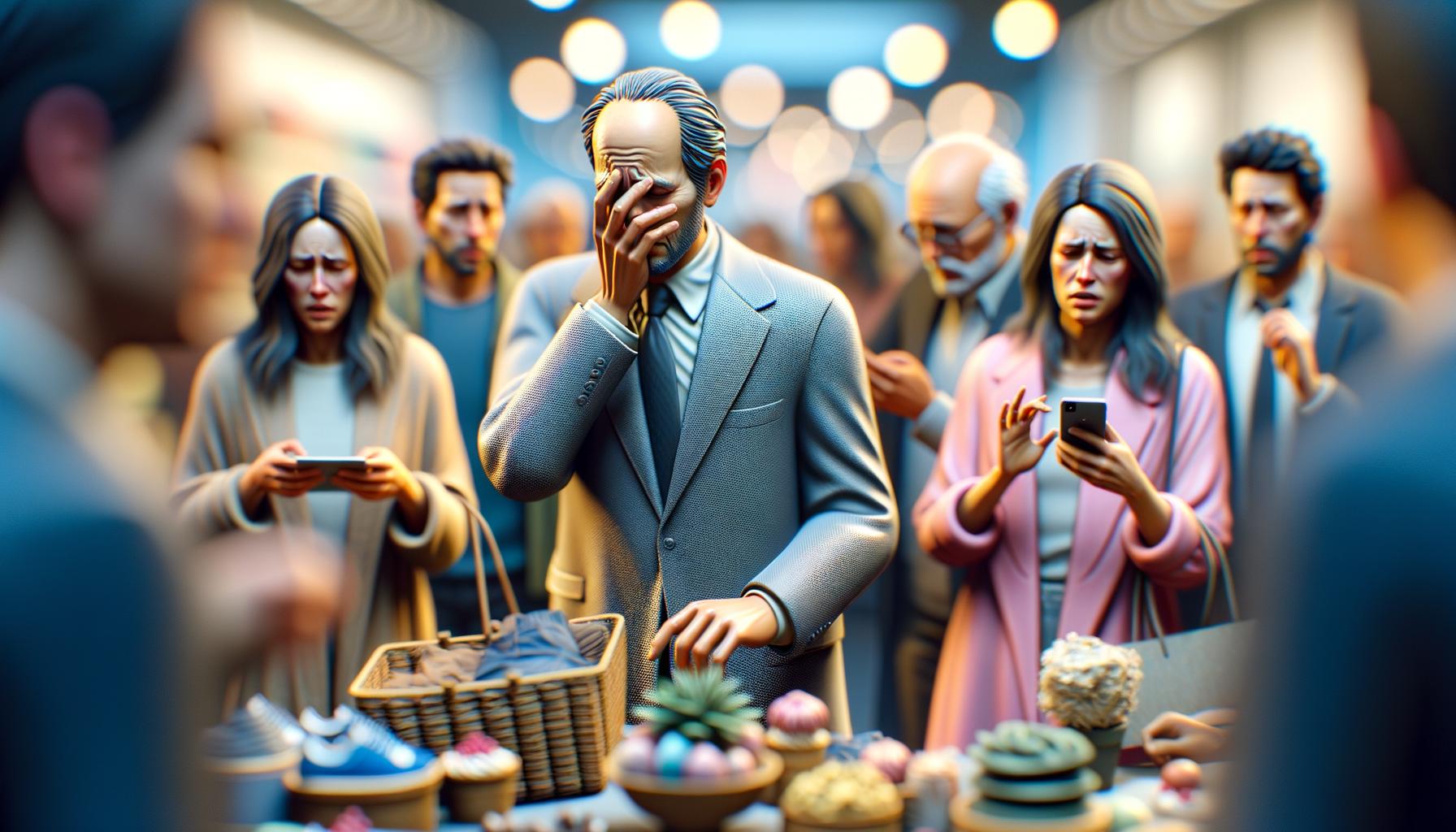
Impulsive shopping seemed to have embedded itself deeply within the fabric of our society. A close examination reveals the intricate connections between societal norms, values, and this tendency toward spontaneous purchasing. The force of our modern consumerist culture, with its emphasis on the acquisition of material goods, has certainly played a significant role in promoting impulsive buying habits.
Marketers have cleverly utilized societal behaviors, often normalizing, even glamorizing, the act of impulsive buying. Trends, pop culture, and advertising all amalgamate into a complex web of persuasion, leading consumers towards impulsive transcations. For example, a fashionable item spotted on a celebrity may trigger an immediate desire to purchase, encouraged by a societal emphasis on trend-following and staying ahead in fashion.
Consumer culture has further fueled this behavior by establishing favorable conditions for impulsive shopping. Society's relentless encouragement of 'new is better' and 'more is happier,' compounded by the rapid production cycles in the retail world, continually feed the hunger for novelty, leading many to succumb to impulsive purchases.
In essence, the collaborative dynamics of societal norms, values, and the ever-potent consumerism culture contribute significantly to impulsive shopping. They form an environment where impulsive buying is not just accepted, but often even celebrated, creating a cycle that is difficult for many individuals to break free from.
The FOMO Factor: Fear of Missing Out and its Influence on Impulse Buys
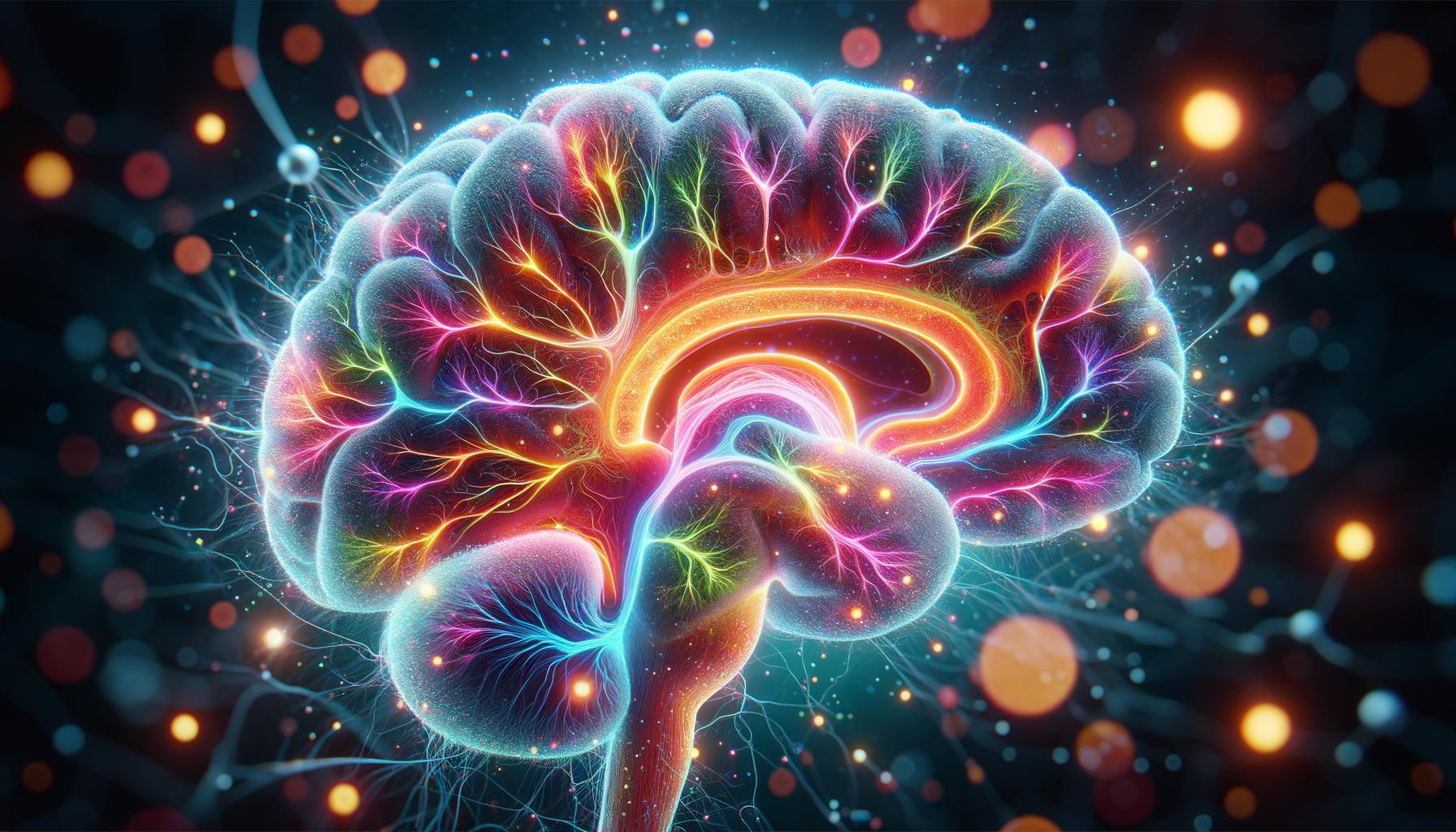
Fear of missing out, or FOMO, plays a significant role in driving impulsive purchases. This powerful psychological trigger exploits our innate desire to belong and not miss out on experiences, products or trends our peers are partaking in. Well-timed and scarce opportunities often push consumers into making impulsive purchases they believe may not occur again. For instance, sales promotions stating 'limited stock' or 'offer ends soon' frequently create an unwarranted urgency to buy.
Additionally, social media further catalyzes this feeling of FOMO, as constant online connectivity exposes us to endless streams of our peers' acquisitions and experiences. Watching peers showcase their latest purchases or experiences might provoke viewers with the fear of being left behind, consequently leading to more impulse shopping. This not only highlights the powerful influence FOMO can have on our spending habits, but also the persuasive role social media and marketing techniques play in it.
Neurological Aspects of Impulsive Shopping: A Closer Look
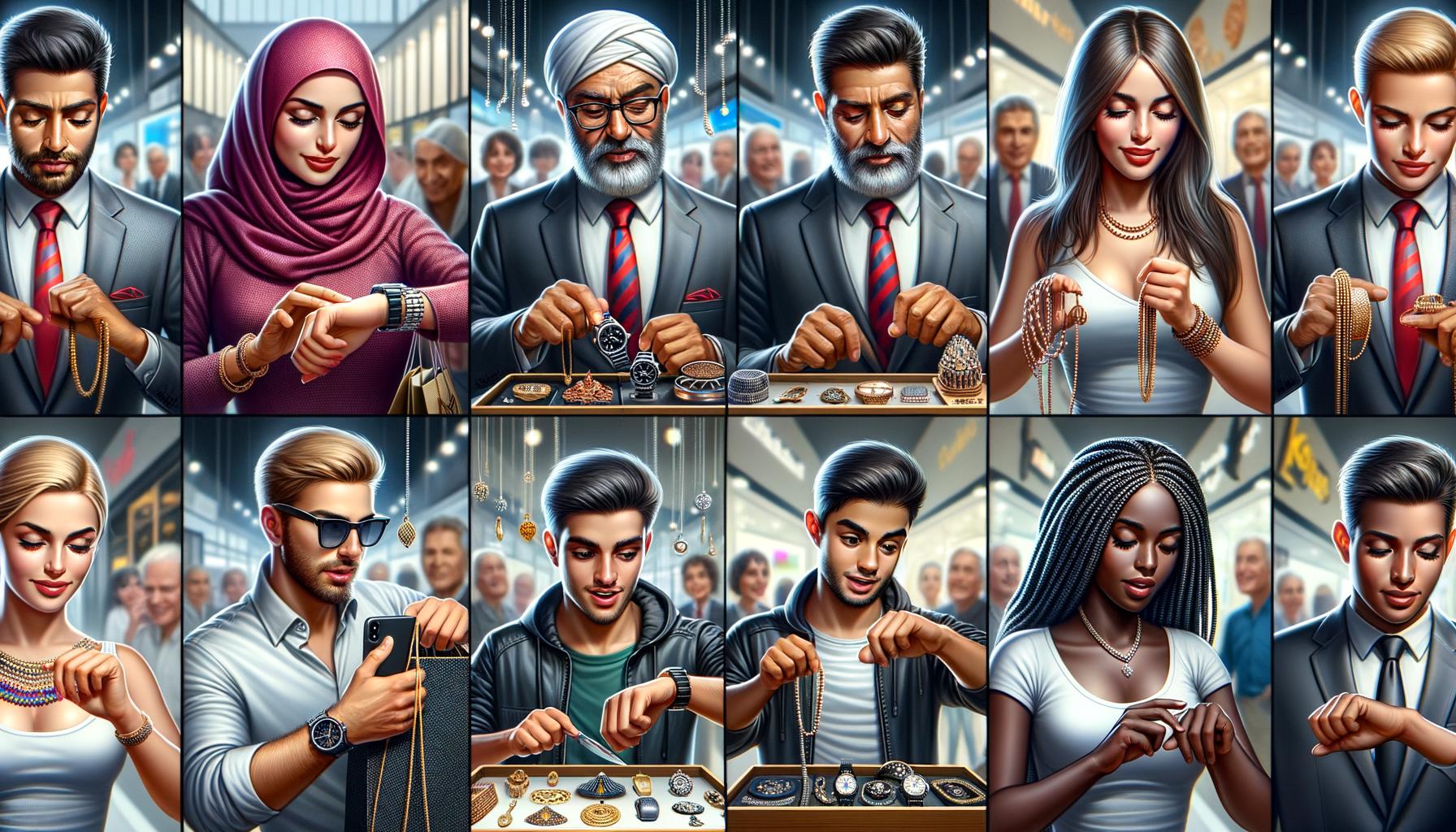
A comprehensive understanding of impulsive shopping can't be complete without examining the intricate neurological processes at play. The brain not only responds to shopping but actively incentivizes us to engage in this behavior, akin to a reward system. One fascinating nuance is how the brain's reward circuitry reacts during the act of impulsive buying. This response is akin to other reward-based behaviors, underscoring the neurological underpinning of impulsive shopping. This intriguing interplay between consumer psychology and brain science deepens our understanding of why impulsive buying is so prevalent and hard to resist. Hence, exploring these neurological aspects provides crucial insights into melee of impulsive shopping.
The Relation Between Impulsive Shopping and Personality Traits

Common personality traits are frequently seen in impulsive shoppers. These traits, varying significantly in individuals, can predict a more pronounced inclination towards impulsive buying. For example, individuals known for spontaneity, openness to new experiences, or low conscientiousness might find themselves more prone to impulsive shopping.
Certain personality traits can drive impulsive buying behaviour. Individuals scoring high on neuroticism or extraversion, for example, may be more likely to shop impulsively. These individuals can be targeted by marketers leveraging their disposition to impulsiveness.
Understanding the link between personality and shopping impulse is pivotal. Knowing one's predispositions can facilitate the development of coping strategies, helping manage impulsive shopping habits. It serves as a window into understanding and curbing individual buying patterns.
Impulsive Shopping: Expression of Identity or Mask for Insecurity?

Impulsive buying is often regarded as an expression of one's identity or a mask for underlying insecurities. People may engage in impulsive shopping to present a specific image to society. For instance, purchasing upscale brand items, one may perceive themselves as successful or trendy. However, this may also stem from deep-seated insecurities, craving validation through material possessions. As per certain psychology studies, shopping impulsively may be a way to subdue such insecurities and combat feelings of inadequacy. Therefore, it's crucial to understand that impulsive shopping transcends mere purchasing habits and can be an emotional coping mechanism.
The Role of Retail Therapy: How Shopping Soothes the Mind

Retail therapy is a powerful tool for comfort, with the act of purchasing goods functioning as an emotional salve. Its soothing impacts promote immediate gratification, often leading to an uptick in impulsive shopping practices. This connection underscores the psychological alchemy where retail therapy spontaneously morphs into impulsive buying, a behavior noted in frequent shoppers seeking solace from the pressures of life. Yet, this method of self-soothing, although momentarily satisfying, may fuel a cycle of impulsive shopping, essentially creating a want-based shopping culture.
Potential Downsides of Impulsive Shopping: Emotional and Financial Consequences
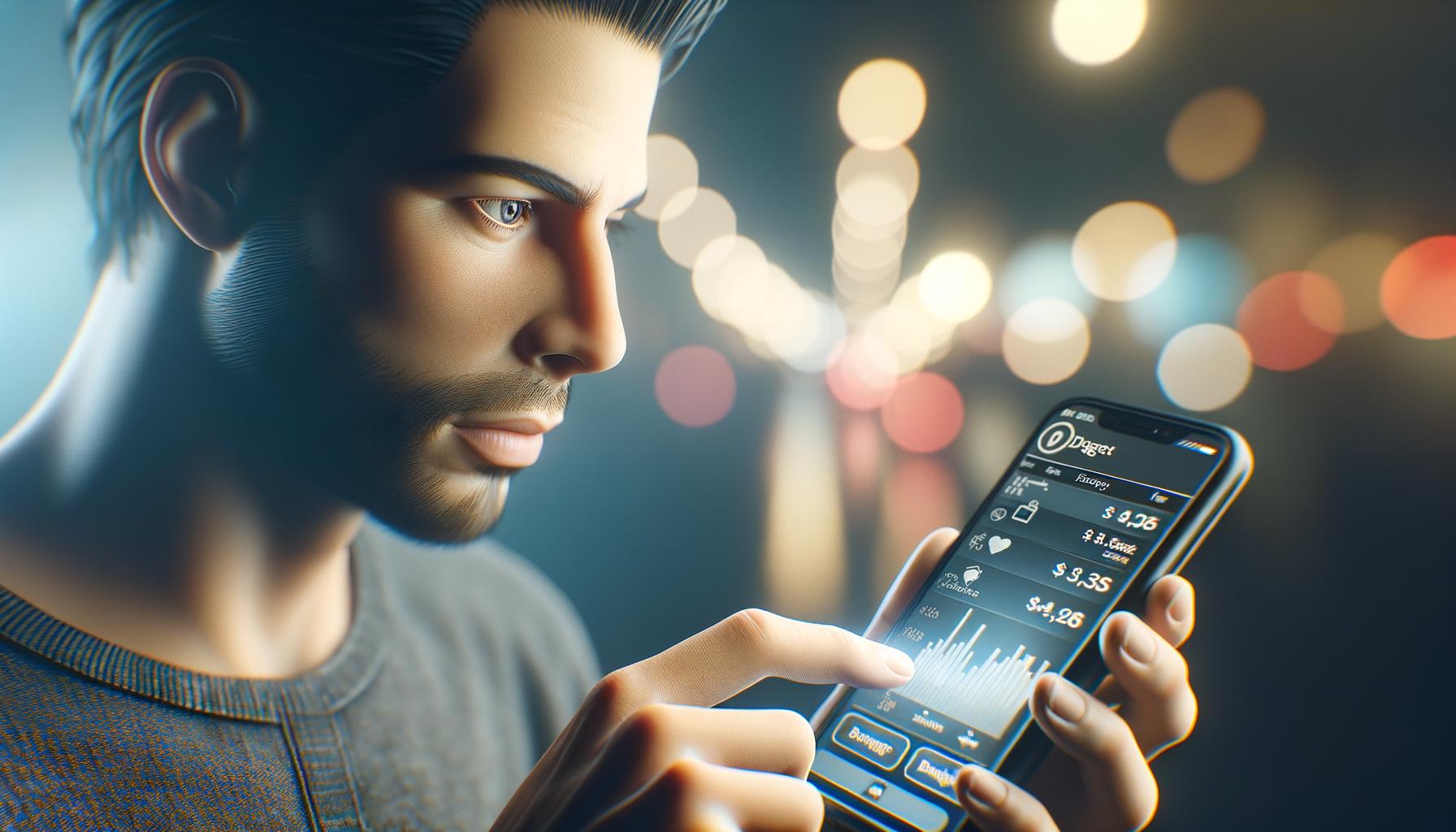
Impulsive shopping has potential downsides that extend beyond emptying one's wallet. Emotional repercussions can follow the temporary thrill of unplanned purchases. Buyers may experience self-reproach, guilt, or stress after the euphoria of the buying spree dissipates. For repeat offenders, these feelings are amplified, causing serious emotional distress over time.
Further, impulsive buying habits can lead to significant financial instability. The propensity to spend usually outpaces the means to afford such purchases, plunging buyers into a dangerous cycle of debt. This, in turn, leads to additional stress and other related mental health issues.
Concrete instances can be cited to illustrate these points. For instance, Jane, a digital marketing professional, often found herself indulging in spontaneous online shopping sprees, especially during sales or when she felt low. Over time, she accrued considerable credit card debt, leading to financial strains and frequent panic episodes.
In conclusion, while impulsive shopping can feel rewarding momentarily, it has potential emotional and financial consequences, making it essential for consumers to exercise caution. Heedless shopping can spiral into a vicious cycle of emotional distress and financial instability, which is more costly than the initial pleasure of the purchase.
Strategies to Control Impulsive Shopping Urges

Setting budgets can be an effective way to manage impulsive shopping, enabling shoppers to limit their spending and promote prioritization. By assigning specific amounts for certain categories of needs or wants, over-shopping can be effectively refrained. Concurrently, applying mindfulness techniques can further aid in controlling impulsivity. This practice involves an increased awareness of thoughts, feelings, and environment, promoting thoughtful decision making in place of uncontrolled reactions. Awareness of triggers can empower individuals to make deliberate purchasing decisions, curbing impulsive shopping.
A helping hand: Therapy and Professional Help for Impulsive Shopping

Therapeutic intervention can play a vital role in overcoming impulsive shopping behavior. Cognitive Behavioural Therapy (CBT), for instance, helps individuals understand and consequently manage their buying impulses by teaching them how to reframe negative thought patterns.
Moreover, professional help can extend to psychiatrists and psychologists who offer various strategies to tackle impulsive spending. For instance, psychotherapy can help uncover deeper emotional issues triggering such behavior. Incorporating mindfulness techniques also aids in mitigating impulsive buying tendencies.
Support groups too, could be beneficial, providing a platform for individuals wrestling with impulsive buying to share experiences and coping strategies. Debtor's Anonymous, for instance, is a fellowship assisting individuals struggling with compulsive spending.
Conclusion: Impulsive Shopping as a Part of Modern Life
Impulsive shopping, fueled by psychological triggers, retail strategies, social media influence, and our consumerist culture, has become an inseparable part of our modern life. While it can serve as a diversion or momentary relief, it could also lead to detrimental emotional and financial outcomes. Encouraging awareness and self-control techniques can steer these impulses towards healthier shopping habits.

